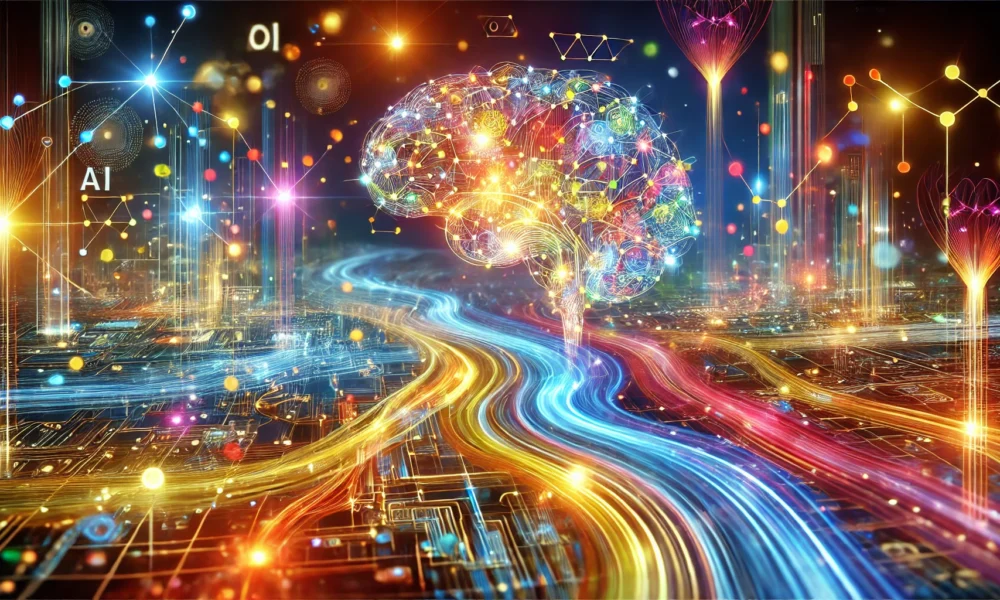Unlocking the Power of Retrieval-Augmented Generation (RAG) in AI
Artificial Intelligence (AI) has transformed technology, giving rise to virtual assistants, chatbots, and automated systems. Despite advancements, AI faces knowledge gaps, leading to outdated information. Retrieval-Augmented Generation (RAG) offers a solution by actively retrieving real-time data, crucial in dynamic fields like healthcare and finance.
Exploring Knowledge Gaps and Solutions in AI
AI struggles with information hallucination and catastrophic forgetting, hindering accuracy in rapidly changing fields. RAG, combining retriever and generator components, integrates real-time data for more precise responses. Techniques like Knowledge Graph-Retrieval Augmented Generation and Chunking enhance performance in various applications.
Strategies for Effective RAG Implementation
Key strategies include using structured data sources, query transformations, and Chain of Explorations to enhance retrieval accuracy. Real-world examples of RAG in action show improved AI performance in industries like finance and manufacturing. Ethical considerations like bias and data security are vital for ensuring responsible RAG deployment.
The Future of RAG in AI Evolution
RAG technology continues to evolve, with potential applications in multimodal data integration and personal knowledge bases. As RAG advances, it holds promise for creating personalized AI experiences tailored to individual users, revolutionizing sectors like healthcare and customer support.
In summary, RAG revolutionizes AI by providing up-to-date, contextually relevant responses. With a focus on ethical implementation and ongoing technological advancements, RAG has the potential to reshape how we utilize AI in fast-paced, information-driven environments.
-
What is RAG in the context of AI?
RAG stands for Retrieval-Augmented Generation, a technique used in artificial intelligence to enhance performance by combining information retrieval with text generation. -
How does RAG help in bridging knowledge gaps in AI?
RAG allows AI systems to access external knowledge sources during the text generation process, enabling them to fill in gaps in their own knowledge and produce more informative and accurate output. -
What are some strategies for implementing RAG in AI systems?
Some strategies for implementing RAG in AI systems include fine-tuning pre-trained language models with retrieval components, designing effective retrieval mechanisms, and balancing the trade-off between generative and retrieval capabilities. -
What are the potential benefits of using RAG in AI applications?
Using RAG in AI applications can lead to improved performance in tasks such as question answering, summarization, and conversational agents, by enabling the system to access a wider range of information sources and generate more coherent and contextually relevant responses. - Are there any limitations or challenges associated with using RAG in AI?
Some limitations of using RAG in AI include the need for large amounts of high-quality training data, potential biases in the external knowledge sources used for retrieval, and computational complexity in combining generative and retrieval components in a single system.
Related posts:
- New AI Training Chip by Meta Promises Faster Performance for Next Generation
- Improving Memory Performance for Large Language Model Inference and Fine-Tuning
- Enhancing the Performance of Large Language Models with Multi-token Prediction
- Harnessing the Power of Graph RAG: Shaping the Future of Intelligent Search


No comment yet, add your voice below!